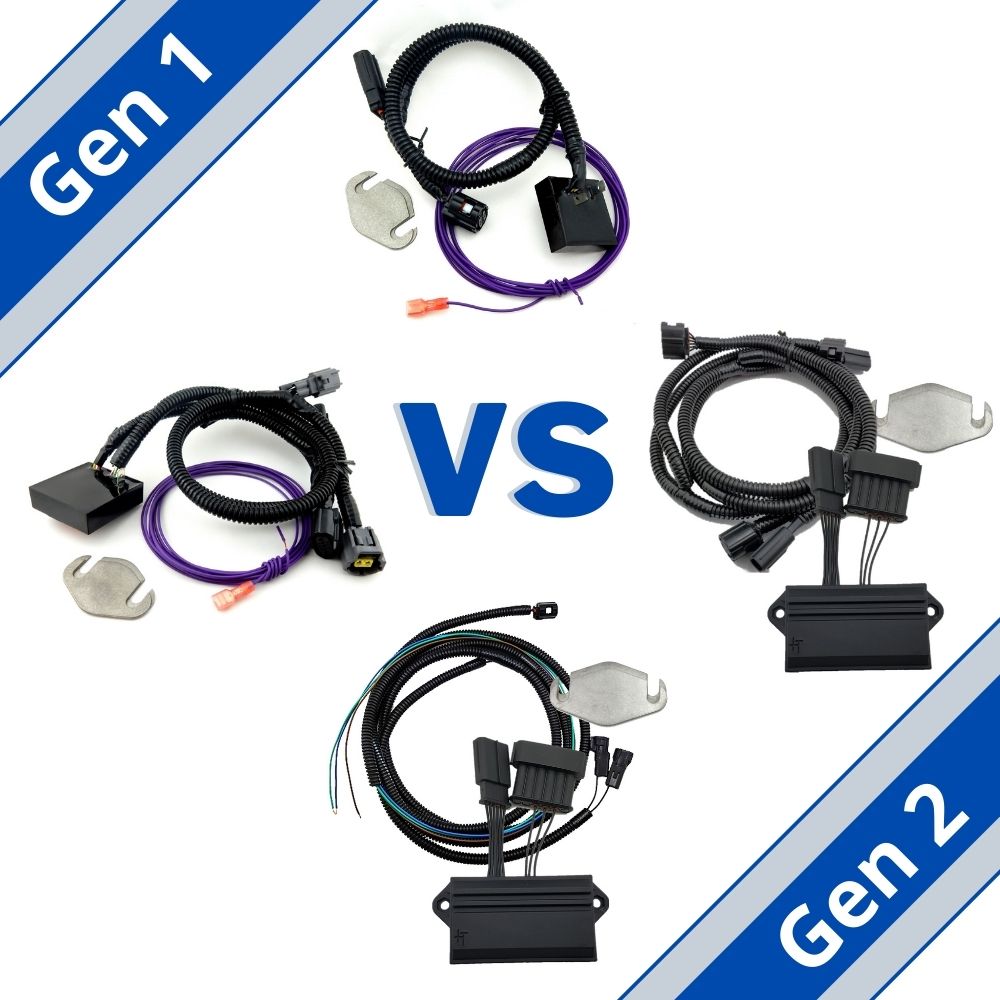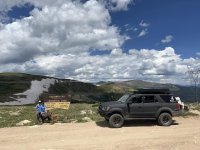Hi again. I had previously asked about the pros and cons of Gen 1 and Gen 2 Sequoias for overlanding. I'm now leaning toward the Gen 1; it seems to be a more popular choice for this use, and there are more of them on the market (and at about half the price). As for which Gen 1, I'd like your input on the earlier years (2001-2004) vs the 2005-2007 models. Wikipedia sums up the differences this way:
"For the 2005 model year, the Sequoia received a minor facelift. A new engine equipped with VVT-i was new for 2005, as well as a 5-speed automatic transmission, replacing the previous 4-speed. 4 wheel drive models got a Torsen center differential, replacing the previous open differential, that splits power in full-time mode 40% front and 60% rear under normal driving, and can send up to 53% to the front and 71% to the rear during slip."
So, VVT-i + 5-speed + Torsen, or standard 4.7L + 4-speed + open diff? Any real dealbreakers there? Again, I'll never be towing anything, and I won't be doing any hardcore off-road stuff like boulder climbing...I just drive a lot of narrow, rocky and sandy two-tracks getting to remote campsites on federal lands. Please let me know if you have any strong opinions on 2001-2004 vs 2005-2007, or if there are any specific mechanical issues that often pop up on the earlier models. I know frame rust is an issue on all of these, and I'll only buy something with a good frame. Thanks!
"For the 2005 model year, the Sequoia received a minor facelift. A new engine equipped with VVT-i was new for 2005, as well as a 5-speed automatic transmission, replacing the previous 4-speed. 4 wheel drive models got a Torsen center differential, replacing the previous open differential, that splits power in full-time mode 40% front and 60% rear under normal driving, and can send up to 53% to the front and 71% to the rear during slip."
So, VVT-i + 5-speed + Torsen, or standard 4.7L + 4-speed + open diff? Any real dealbreakers there? Again, I'll never be towing anything, and I won't be doing any hardcore off-road stuff like boulder climbing...I just drive a lot of narrow, rocky and sandy two-tracks getting to remote campsites on federal lands. Please let me know if you have any strong opinions on 2001-2004 vs 2005-2007, or if there are any specific mechanical issues that often pop up on the earlier models. I know frame rust is an issue on all of these, and I'll only buy something with a good frame. Thanks!
Last edited:


